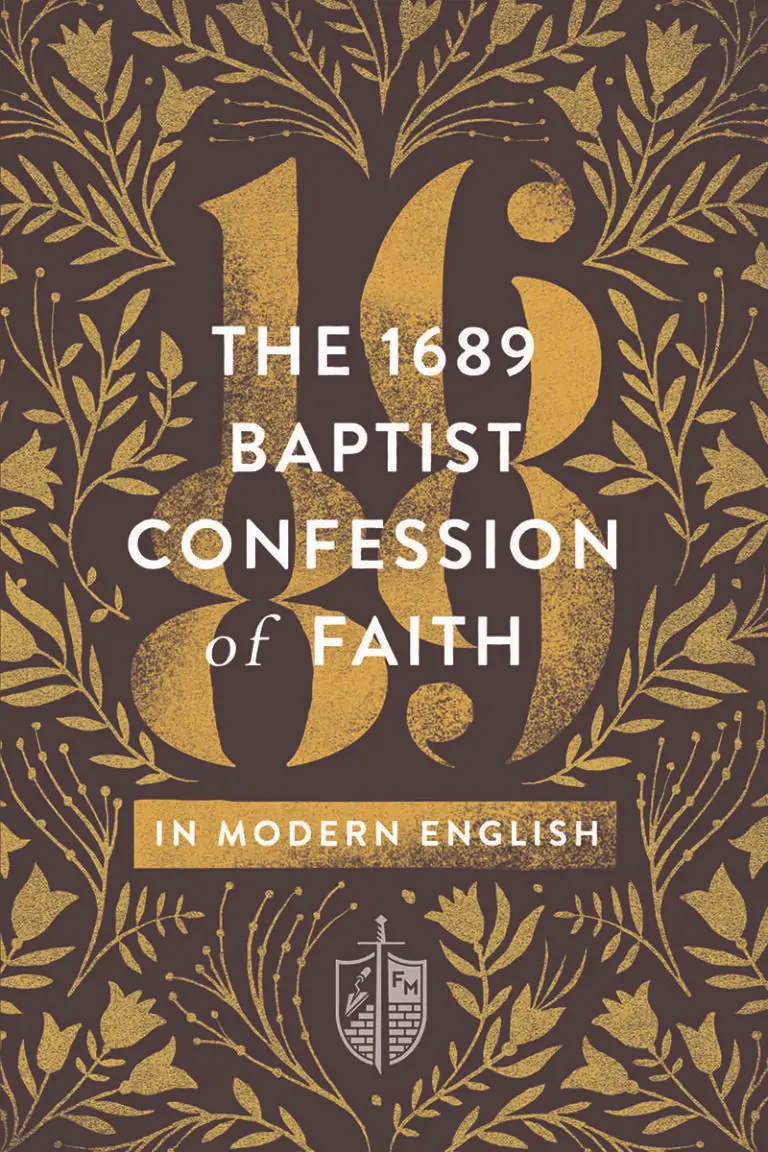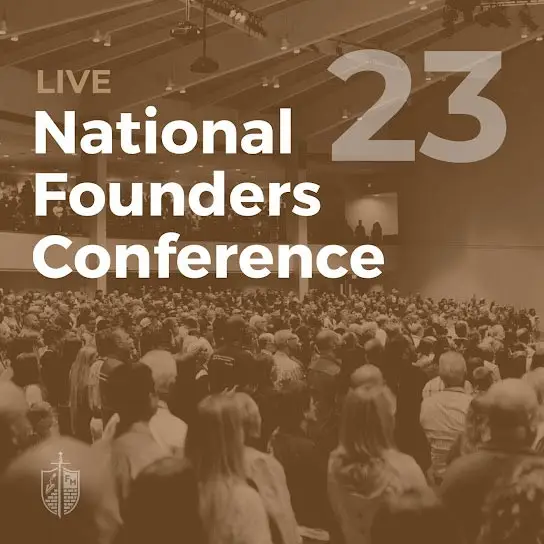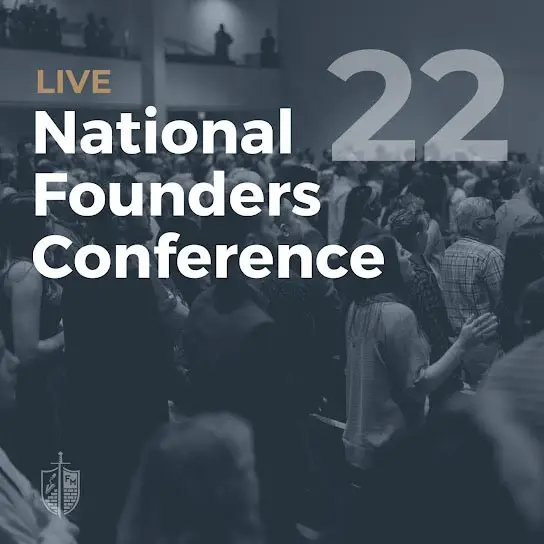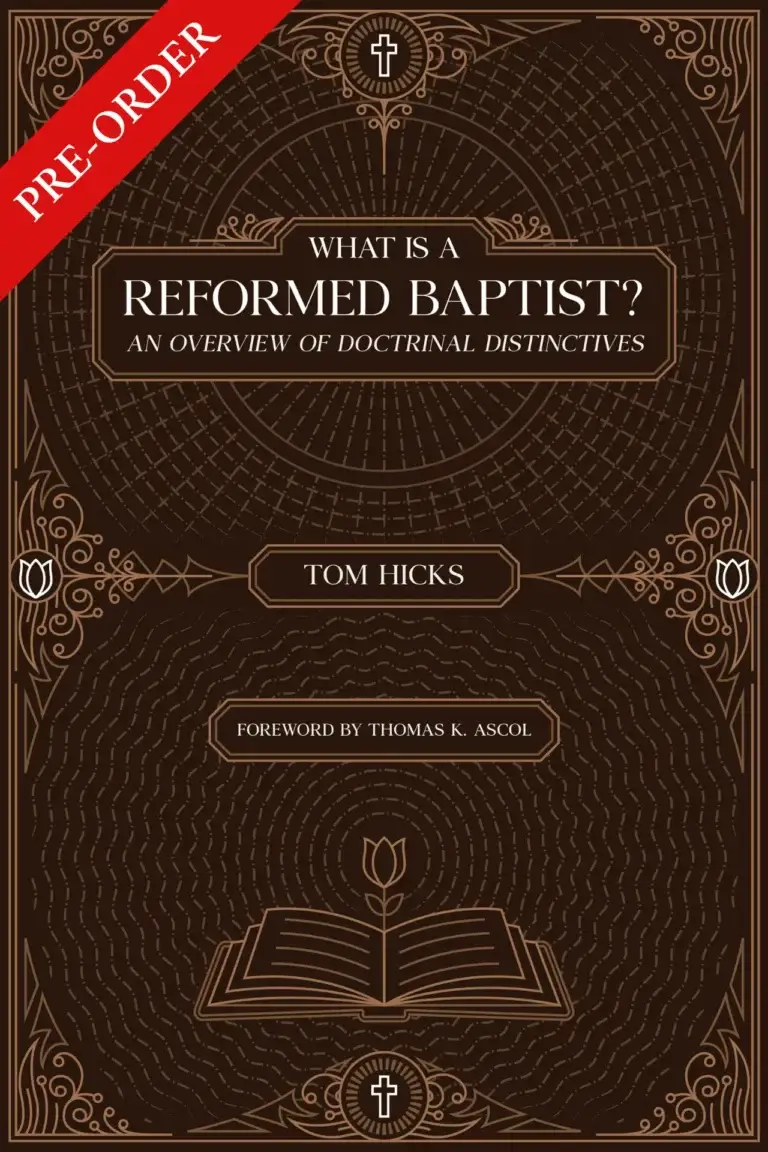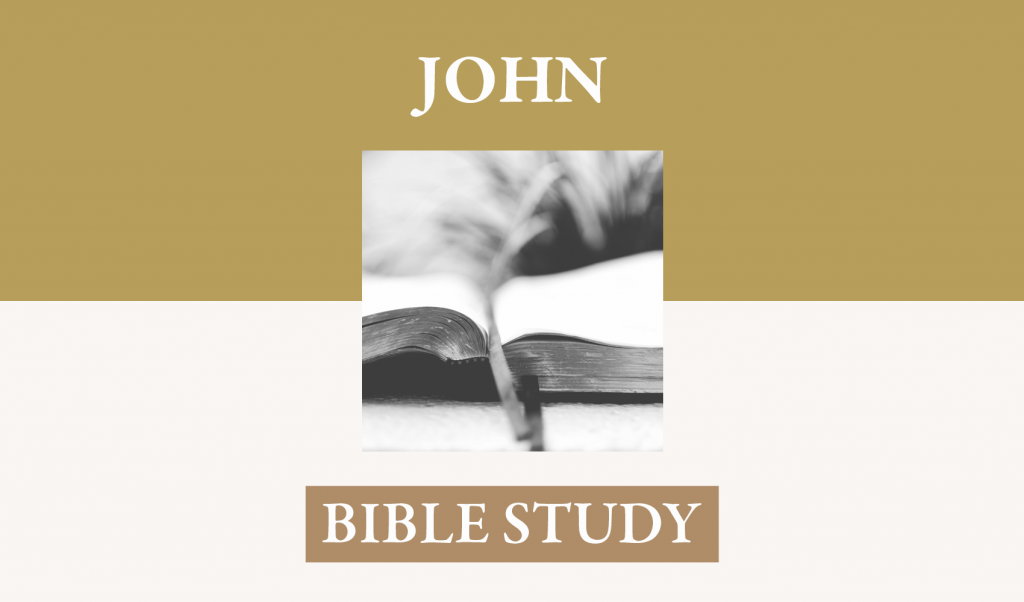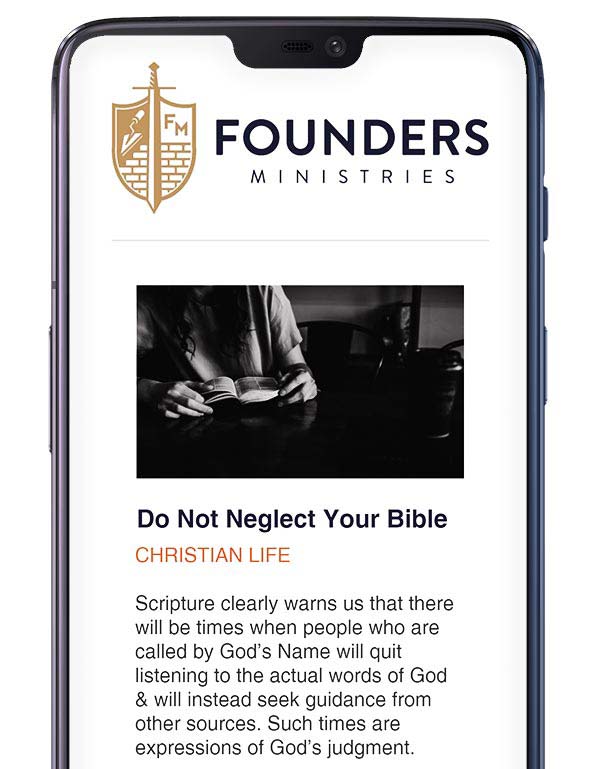Biblical Truth: Even when situations seem hopeless and irreversible, Jesus is able to help people through tragedies and restore hope to their lives.
A Desperate Situation: John 11:1,3,6-7.
[1] Now a certain man was sick, Lazarus of
[1-3] In this introduction the scene is set for the miracle. Jesus’ friends inform him of Lazarus’ sickness, but the Lord makes no immediate move. After a couple of days He suggests going into
[6-7] Verse 6 is rather curious. We would have expected Jesus to take some action on receipt of the news of Lazarus’ sickness. The message of the sisters is a plea for help, even though they do not in set terms ask Jesus to do anything. But Jesus simply remained where He was for two days. John gives no indication of any urgency in the work that He was doing. Indeed he does not so much as mention what that work was. The death of Lazarus must have already taken place when the messengers arrived. In verse 39 we find that Lazarus had been dead for four days when Jesus reached
Shoulda … Coulda … Woulda: John 11:20-27.
[20] Martha therefore, when she heard that Jesus was coming, went to meet Him; but Mary still sat in the house. [21] Martha therefore said to Jesus, “Lord, if You had been here, my brother would not have died. [22] Even now I know that whatever You ask of God, God will give you.” [23] Jesus said to her, “Your brother shall rise again.” [24] Martha said to Him, “I know that he will rise again in the resurrection on the last day.” [25] Jesus said to her, “I am the resurrection and the life; he who believes in Me shall live even if he dies, [26] and everyone who lives and believes in Me shall never die. Do you believe this?” [27] She said to Him, “Yes, Lord; I have believed that You are the Christ, the Son of God, even He who comes into the world.” [NASU]
John takes the story in stages. He does not move immediately to the central miracle, but describes Jesus’ meetings first with Martha, then with Mary, and he makes these meetings the vehicle of important teaching.
[20] It is not said that Jesus summoned her, nor indeed, that He sent any message. Yet we must bear in mind that no words of His summoning Mary are recorded, but from verse 28 we learn that He did so. A similar call to Martha may have gone unrecorded. But it is perhaps more likely that Martha simply heard He was near, and that was enough for this busy and active soul. It would be natural for anyone giving information to give it first to Martha, as the mistress of the household. Clearly she was the one who was likely to take the initiative, especially in the duties of hospitality. Mary remained sitting where she was in the house. Incidentally sitting appears to have been the usual posture in which mourners received their comforters.
[21] Martha’s greeting is an expression of faith. She was sure that if Jesus had been present her brother would not have died. The Lord who had healed so many others would surely have healed Lazarus.
[22] The meaning of this verse is puzzling. On the surface it seems to mean that Martha knew that Jesus even now could perform the miracle, that He could raise Lazarus from the sleep of death. But the subsequent narrative shows that she cannot have meant that, or at any rate that if she did mean it she was not able to sustain the high faith it implies. When Jesus commanded the stone to be taken away from the tomb it was Martha who objected in the strongest of terms [verse 39]. Her attitude there is so clear that it seems impossible to reconcile it with any real hope of a resurrection here. So it appears that her statement here was just a general statement of faith in what Jesus could do.
[23-25] Jesus turns Martha’s thoughts to resurrection. Lazarus will rise. The words could be taken as a perfectly general reference to the final resurrection for Jesus does not mention His own part. He gives no indication that the rising is imminent. Martha unhesitatingly takes the words to refer to the final resurrection at the end of the age. Her words show that she had no idea of an immediate raising of Lazarus to life; but they do represent a certainty about the resurrection at the last day. Her words open the way for one of the great declarations of Jesus which mark this Gospel. Jesus does not say simply that He will give resurrection and life. So much are resurrection and life associated with Him that He ways that He is the resurrection and the life. The linking of resurrection and life perhaps points to the truth that the life He brings is the life of the age to come. It is the eternal life of which He speaks elsewhere. The person who believes in Jesus will live even though he dies. The paradox brings out the great truth that physical death is not the important thing. Death for the believer is but the gateway to further life and fellowship with God. This means that the moment a person puts his trust in Jesus he begins to experience that life of the age to come which cannot be touched by death. Jesus is bringing Martha a present power, not the promise of a future good.
[26] Jesus goes on to say that anyone who lives and believes in Him will never die. Jesus does not of course mean that the believer will not die physically. But He means that he will not die in the sense in which death has eternal significance. He will not die with reference to the age to come. He has eternal life, the life of the age to come. Jesus completes this saying with a challenge: Do you believe this? His words about faith and life are a saving truth to be received and acted on.
[27] These words of Martha do not always receive the attention they should. When Martha and Mary are spoken of, it is often in the context of Luke 10:38-42 where Martha is criticized for not having chosen the good part as Mary did when she sat at the Lord’s feet. But here Martha makes a significant declaration. First, she agrees with what Jesus has said. She is not choosing her own way but accepting His. She may not understand fully the implications of what He has just said, but as far as she can she accepts it. Then she puts her faith in her own words: I have believed indicates a faith once given and permanently remaining. Her “I” is emphatic. Whatever may be the case with others she has put her trust in Jesus. And her faith is not vague; it has content, and doctrinal content at that. She brings out three points. First, Jesus is the Christ, i.e. the Messiah of Jewish expectation. Secondly, he is the Son of God. It is an expression in John’s gospel that points to a specially close relation to God. Thirdly, she speaks of Jesus as He who comes into the world, i.e. the long awaited Deliverer, the One sent by God to accomplish His will perfectly. Taken together these three affirmations give us as high a view of the person of Christ as one well may have. Martha should be known to us from this moving declaration rather than from her worst moment of criticism and fretfulness.
Life and Hope Restored: John 11:38-40,43-44.
[38] Jesus therefore again being deeply moved within, came to the tomb. Now it was a cave, and a stone was lying against it. [39] Jesus said, “Remove the stone.” Martha, the sister of the decreased, said to Him, “Lord, by this time there will be a stench, for he has been dead four days.” [40] Jesus said to her, “Did I not say to you, if you believe, you will see the glory of God?” [43] And when He had said these things, He cried out with a loud voice, “Lazarus, come forth.” [44] He who had died came forth, bound hand and foot with wrappings; and his face was wrapped around with a cloth. Jesus said to them, “Unbind him, and let him go.” [NASU]
John brings out the point that nobody expected an act of resurrection. He has let us see that both Martha and Mary were confident in Jesus’ power to cure sickness. He goes on to bring out the same point for the Jews who were with them [verse 37]. But none of them expected resurrection.
[38] Jesus comes to the burial place. He is still in the grip of the deep emotion described in verse 33. Deeply moved is the same verb used in verse 33. Tombs might be of various kinds and John supplies the information that this one was a cave with a stone against the opening. This type of burial place was not uncommon in the
[39] This verse is of the greatest importance for John’s understanding of what took place. He puts some stress on the actuality of the death of Lazarus. He leaves no doubt but that he is describing a miracle of resuscitation. First comes Jesus’ command to remove the stone. Then there is Martha’s astonished protest based on the certainty that the body would certainly be decomposing for it had already been buried for four days. This points us to the permanence of the state into which Lazarus had entered. Throughout this narrative Martha takes the leading place. Mary consistently remains in the background .
[40] Jesus firmly rejects the protest. He reminds Martha of His earlier words. His words are a challenge to faith and a reminder of Jesus’ unfailing aim – the glory of God. What was going to happen would be a spectacular miracle, it would be a display of the power of Jesus, it would be an inestimable gift to the sisters, and so on. But typically Jesus speaks of none of these aspects. For Him the glory of God was the one important thing. The real meaning of what He would do is accessible only to faith. All there, believing or not, would see the miracle. But Jesus is promising Martha a sight of the glory. The crowd would see the miracle, but only believers would see its real significance, the glory.
[41-42] After Jesus’ words they removed the stone. Jesus raised His eyes in the attitude of prayer. He addresses God simply as Father. He does not say “Our Father” or the like. His relationship to the Father is not the same as that of others. The first words of the prayer are a thanksgiving that the Father has heard Him. The aorist tense indicates that this is an answer to a specific prayer and not to His praying in general. The habitual hearing of the Father to His prayers is emphasized in the You always hear Me of verse 42. But is a strong adversative. It was not on His account but because of the crowd standing around that Jesus had spoken. The emphasis is on Jesus’ concern for the people. This does not mean that His prayer was for the crowd to hear but rather His thanksgiving was. Jesus spoke so that the crowd might believe (the aorist tense points to the beginning of faith) that He had been sent by God. Once again we notice that faith has content which is concerned with the mission of the Son. It includes the conviction that He is indeed God’s “Sent One”. John consistently depicts Jesus as dependent on the Father and interested in His glory. So here Jesus acts not of His own volition but in dependence on the Father to whom He addresses His prayer.
[43] Jesus summoned the dead man. He cried out in a loud voice and addressed Lazarus directly by name, calling him to come out of the tomb. The loud voice was not because a loud voice was needed to make the dead hear. Probably it was in part at least so that the crowd could know that this was no work of magic, but the very power of God. Wizards muttered their incantations and spells. Not so the Son of God.
[44] John records that the man who had been dead came out. He notes that he was still bound hand and feet with the grave clothes. John concludes his narrative of the miracle with Jesus’ command to loose Lazarus and let him go. We are reminded of synoptic incidents which show a similar thoughtfulness, as when He commanded that something to eat be given to the daughter of Jairus. Jesus was never so carried away by the wonder of His miracles that He forgot the needs of the person.
Questions for Discussion:
1. Describe what Martha and Mary have been through from the time of sending the message to Jesus to the coming of Jesus to
2. What does Jesus mean by identifying himself with resurrection and life? Why does Jesus add life to the resurrection? What does life add to the “I am” statement? How was this a reply to Martha’s statement of belief in the final resurrection? What does He say about physical death; about eternal life? What is the condition? What is the implied alternative? Why does Jesus add “lives” to believes in verse 26? Why does Jesus say we may die in 25 but we shall never die in 26?
3. How does verse 40 show the basic lesson that Jesus wants to teach? Note the condition. Why is belief necessary in order to see the glory of God? Do you think that there is any correlation between the amount of faith one has and the amount of glory that is seen? Why?
References:
The Gospel According to John, D. A. Carson, Eerdmans.
The Gospel According to John, Leon Morris, Eerdmans.

